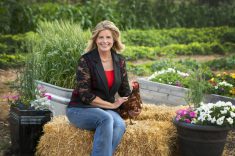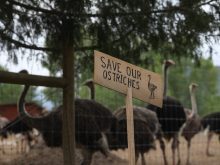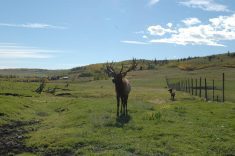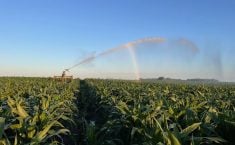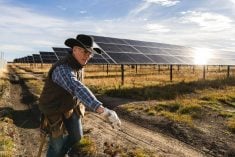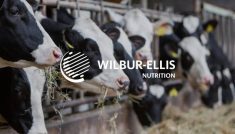Carbon and beef cattle
Every living thing contains carbon, and everything — including cattle, grasslands,
and people — is part of the carbon cycle. Raising beef cattle can have both positive
and negative impacts on the carbon cycle and different management practices
can increase or decrease the sector’s carbon footprint. Learn more about how
production systems stack up by visiting the Beef Cattle Research Council website.
Biosecurity and livestock
Read Also
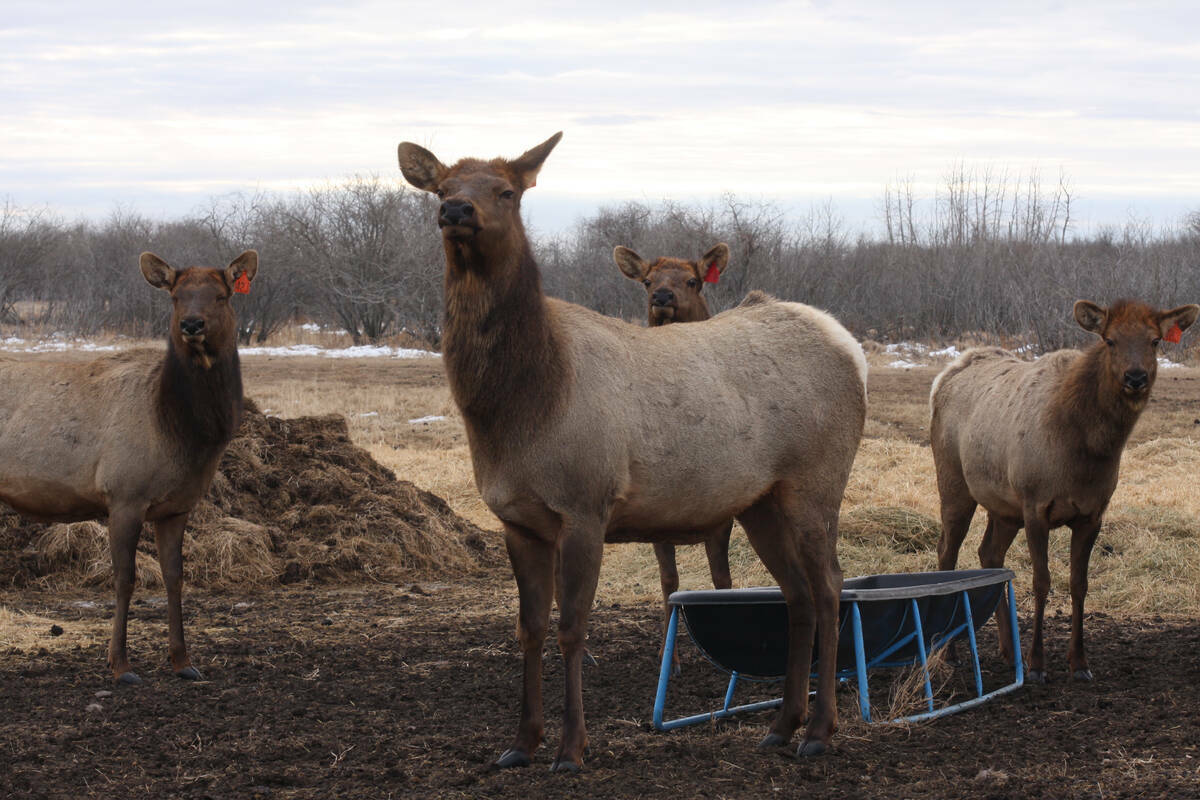
Cervid harvest preserves to be developed in the province under Bill 10
The Government of Alberta has given approval for creation of cervid harvest preserves.
All livestock and poultry producers should have biosecurity plans tailored to their
specific operations. Producers are encouraged to work with industry organizations,
veterinarians and other animal health professionals in developing their plans. All farm
staff and anyone living on the farm need to understand the importance of biosecurity.
Preventing disease from entering or leaving Alberta farms protects human and animal
health, and supports sustainable livestock production.



